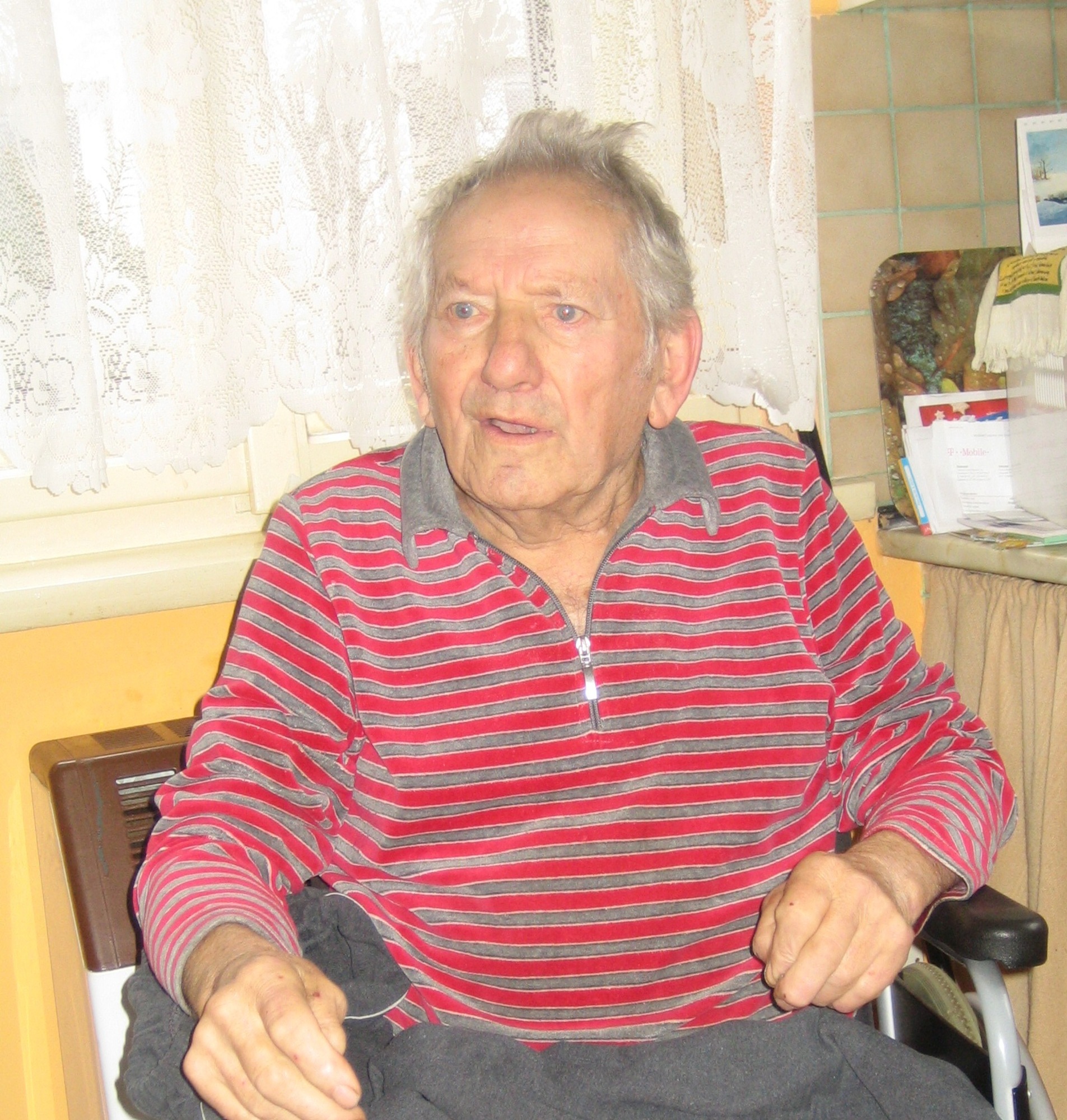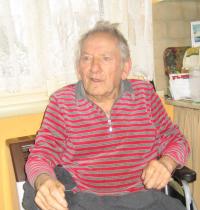We weren’t there to shoot people like rabbits

Stáhnout obrázek
Oldřich Kalousek was born on 10 August 1933 in Rosnice, a village that is now a part of Všestary near Hradec Králové. His father died in 1940. The family, which included a second son, was sustained by his mother, who served in a farmer‘s family. In the years 1948-51 Oldřich Kalousek trained to be a mechanic at Škoda Hradec Králové, he later specialised as a boilermaker and improved his education by attending evening classes at a secondary technical school. The company then sent him on an assembly job to the Polish People‘s Republic. In October 1953 he began basic military service with the Border Guards. He attended a school for NCOs in Volary and then served with a front line company in České Žleby, Kašperské Hory, at Plešné Lake, and at Třístoličník. He held the position of assistant company commander for political matters. He completed his compulsory military service of 27 months in January 1956 with the rank of Sergeant, he did not take up the offer to stay with the Border Guards. He returned to his job at Škoda in Hradec Králové, where he worked as head of production until 1989. He lives in Neděliště near Hradec Králové.
